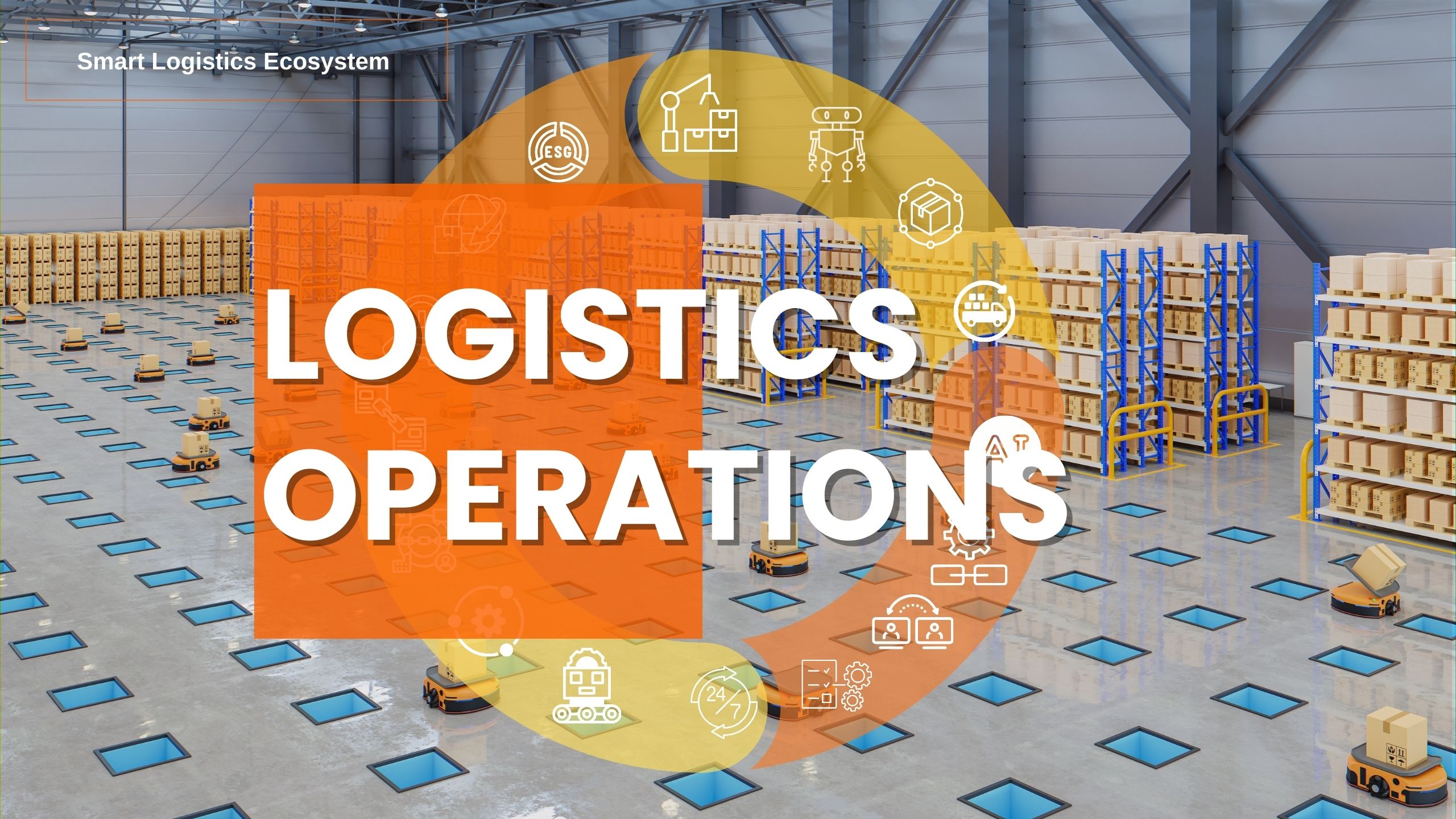Accelerating the diversification of industries- (2)Driving the Development of an International Cold Chain Logistics Hub through Enhanced Supply Chain Management
- October 3, 2023

Government Support for Cold Chain Logistics:
The “Outline Development Plan for the Guangdong-Hong Kong-Macao Greater Bay Area” has put forth measures to foster the collaborative growth of logistics and cold chain logistics in the region. The plan aims to enhance supply chain management and establish an international logistics hub.
In late 2021, China introduced its inaugural Five-Year Plan explicitly targeting the development of cold chain logistics. This plan has played a constructive role in expediting the healthy and rapid expansion of the industry. It underscores the strategic significance of cold chain logistics, delineates precise development tasks and objectives, and provides guidance for its advancement in the new era. The plan’s implementation will further invigorate the cold chain industry, bolster enterprise confidence, and inject robust impetus into the sector.
Supported by favorable policies and capital investment, the Greater Bay Area has witnessed the seamless interplay and movement of people, goods, funds, and information, creating an advantageous industrial environment for the growth of cold chain logistics. As a result, numerous cold chain logistics enterprises have been motivated to extend their services in the Guangdong-Hong Kong-Macao region. As of 2021, the demand for food cold chain services in the Greater Bay Area has exceeded 26 million tons, with the market size surpassing 40 billion yuan.
Increased Demand for Premium-Quality Products:
The economic development of cities within the Greater Bay Area surpasses inland cities, with a propensity for high-quality trade expansion. Being the fourth largest Bay area globally, the Greater Bay Area boasts a population exceeding 73 million and a GDP surpassing 12 trillion yuan, equating to a per capita GDP of 158,000 yuan. Consumer preferences lean towards high-quality and refined products. Furthermore, the growth of e-commerce and foreign trade and the COVID-19 pandemic in 2020 have fueled a rising demand for fresh and perishable food products. Cold chain logistics has played a pivotal role in ensuring a steady food supply, garnering widespread recognition.
Favorable Geographic Location and Concentration of Supply Chain Enterprises:
The Guangdong-Hong Kong-Macao Greater Bay Area has numerous world-class ports and concentrates 80% of China’s supply chain enterprises. The region also hosts over 300 distinctive industrial clusters.
Under government support, the cold chain logistics market in the Greater Bay Area has experienced robust development. National strategies and preferential policies have created an enabling environment for the complex chain logistics industry. Moreover, improvements in living standards and shifts in consumer demand have propelled the expansion of the cold chain logistics market. The advantageous geographic location of the Greater Bay Area and the concentration of supply chain enterprises have presented tremendous opportunities and potential for the complex chain logistics industry.
As the cold chain logistics market continues to mature and expand, it will maintain its pivotal role in the diversified development of industries within the Bay Area.
Other News
- All Post
- Greater Bay Alliance

The long-awaited Shenzhen-Zhongshan Bridge has finally passed its completion inspection on June 16th. This infrastructure marvel, comprising an underwater tunnel through the Pearl Riverbed and a cross-sea highway bridge, will connect the two cities and slash their travel time to just 30 minutes.

The 15th LET - a CeMAT Asia Event was officially unveiled recently, held for three consecutive days (May 29-31) at the Guangzhou China Import & Export Fair Complex.

Asset partners comprise capital investors and real estate providers with financial resources and physical logistics properties such as warehouses, logistics centers, and distribution centers. Both parties are driven by achieving long-term stable returns and asset appreciation, but they may need more experience in operating logistics assets.

With the increasing demand for online shopping, the logistics industry faces significant challenges and opportunities. To meet the growing needs, logistics operators must invest substantial funds in acquiring new logistics equipment, such as automation, intelligence, and digitization, to enhance operational efficiency and service levels. However, such investments can be a significant burden for many logistics operators.
